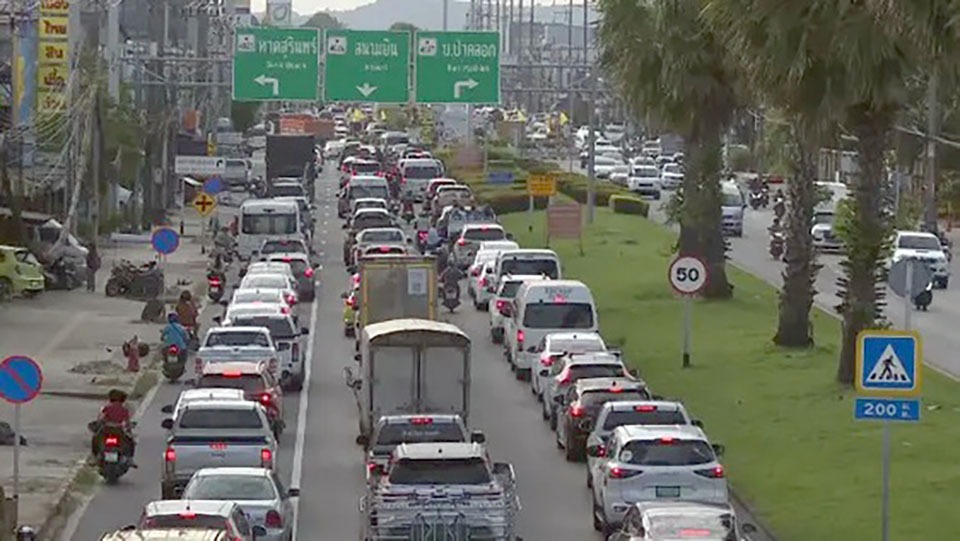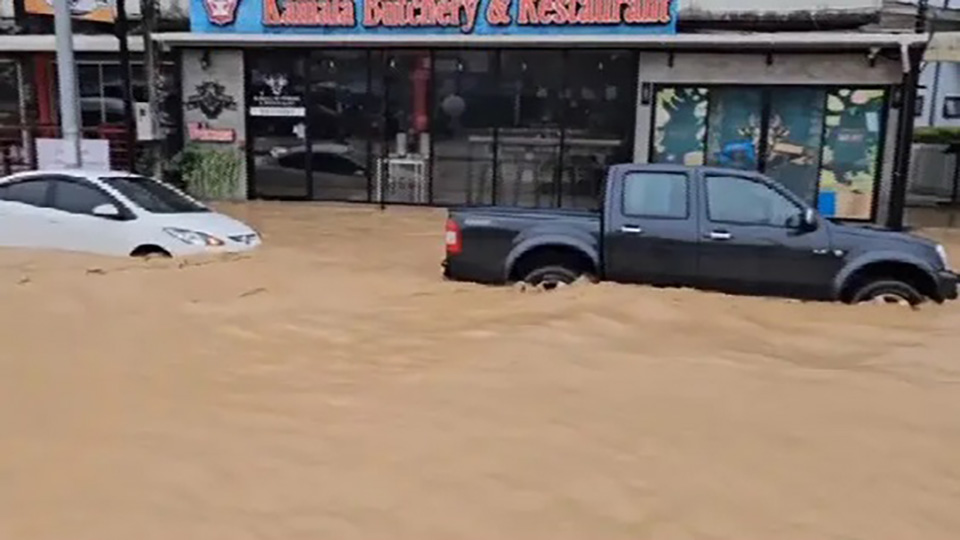
The once pristine island of Phuket is facing a growing crisis as its rapid tourism expansion outpaces infrastructure development. Congested roads are environmental degradation are threatening the island’s reputation as a premier tourist destination.
Phuket’s main thoroughfare, Thepkrasattri Road, is notorious for its gridlock, causing significant inconvenience to both residents and visitors. This chronic traffic congestion, coupled with issues such as water shortages during the dry season and severe flooding during the rainy season, has led to widespread frustration.
“If you come to Phuket, you’ll face flooding, drought, and traffic jams. Who will come? “said Adisak Akkasinthawangkul, an advisor to the Phuket Community Network.
“It takes two to three hours to get anywhere. We, as citizens, demand a seamless public transportation system to accommodate the growing number of condominiums and other developments.”
Suksit Suvarnditkul, President of the Southern Thailand Hotel Association, echoed these concerns, emphasizing the urgent need for infrastructure improvements.
“Road and land transportation are major problems for Phuket,” he said.
“To accommodate future tourism growth, we need to expedite projects like expressways and expand our port facilities to handle cruise ships. A new airport project must be accelerated to handle the projected increase in passenger traffic.”

Despite Phuket’s continuous tourism growth, there are questions about whether this growth is directionless. Comparisons with Singapore with a similar land area, highlight the stark contrast in urban planning. Singapore’s “City in a Garden” concept has resulted in a highly livable environment with abundant green spaces with a tree density of 29.3%. In contrast, Phuket has experienced significant deforestation for new construction projects.
The most noticeable impact is the reduction in national park areas in Phuket, which decreased from 107,578 rai (about 43,000 acres) in 2010 to just 70,014 rai (about 28,000 acres) in 2023. Additionally, poor urban planning has led to increased construction obstructing waterways, creating ongoing issues.
“The amending of Phuket’s zoning laws has been in limbo for nearly a decade,” said Pattanun Phisutvimol, a Thai real estate consultant.
“We need a clear vision for the island’s future. They keep growing first and adjusting later. That’s why it’s all messy like this. In developed countries, Singapore for example, they envision how they want the city to grow, they set a master plan.”
Setting and implementing a clear strategy to consistently achieve goals is crucial. This includes accelerating the development of various planned transportation systems – water, land, and air – to make them a reality. It also involves expediting the improvement and development of urban planning to align with these strategies. These actions will not only help solve existing problems but also create long-term stability for Phuket’s tourism industry. (TNA)








